Paris autumn/winter 2015 couture report:
This season felt refreshing – because some designers looked outside the narrow confines of their own heritage
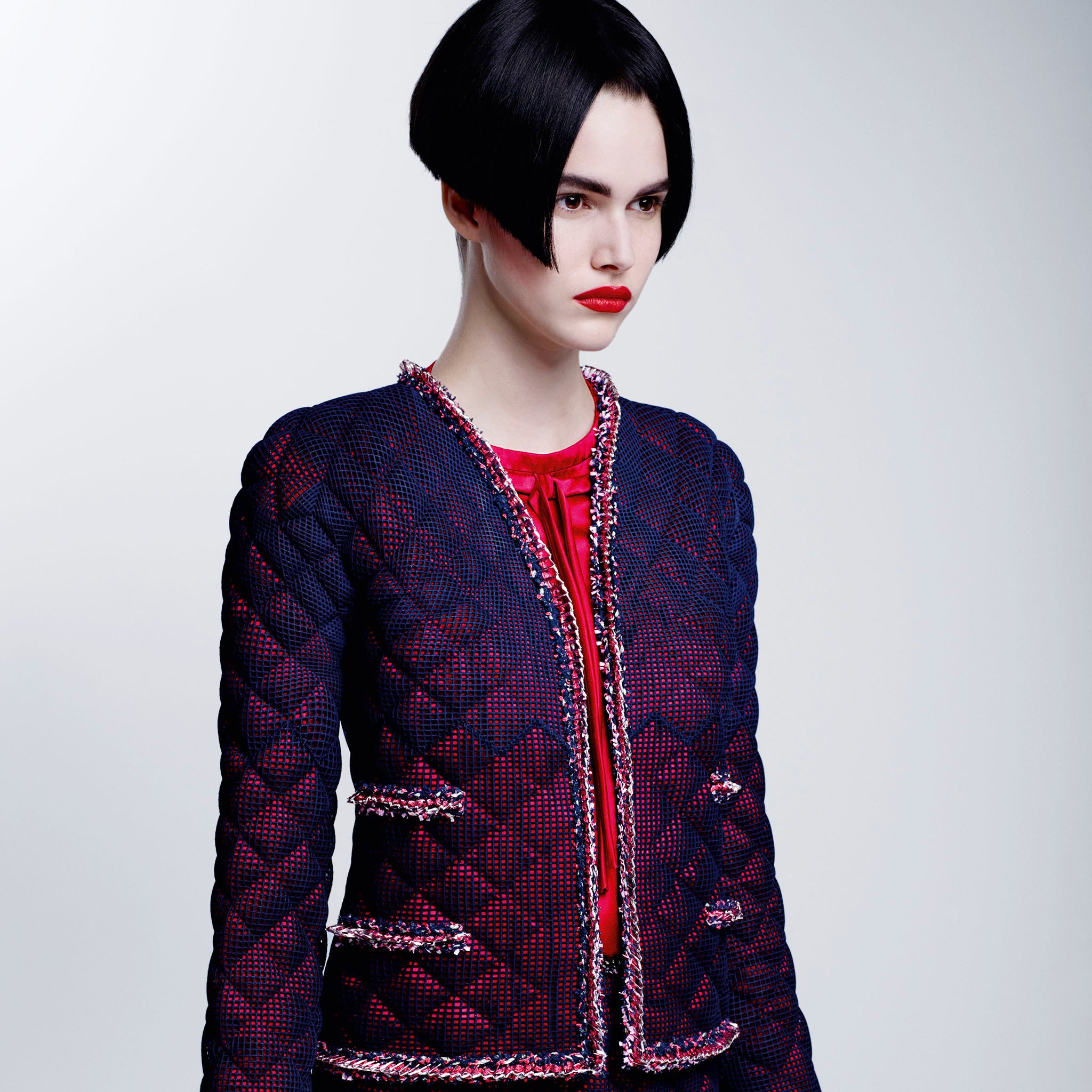
Fashion is all about the pursuit of the new and the next. Each collection we see is a glimpse into the future, post-dated; a portent of what is, supposedly, to come.
Designers are perpetually trying to convince us that this (being their catwalk show) is what we don’t know we’ll want in six months’ time. The varying degrees of their conviction, and ours, are what decide whether a show is good or not. And whether said designers can actually pay the bills.
At least, that’s supposed to be the deal. But where does haute couture sit among all this? Because haute couture is rarely really new, – which is really the point of the stuff. Women who buy haute couture want a stake in the past, to buy into a grand tradition stemming back to Louis XIV. (He first incorporated the Parisian tailors’ guilds, which grew, two centuries later, into the couture). Haute couture is about making clothes in the good old-fashioned way. And while its lines may occasionally be innovative, it’s always steeped in the staidness of what has gone before. Even the venues vary little: Chanel reinvents the Grand Palais; Dior perpetually pitches its tent in the back yard of the Musée Rodin; Schiaparelli changes designer season after season, it seems, but still shows in a sweaty shocking-pink salon in the Hôtel d’Evreux.
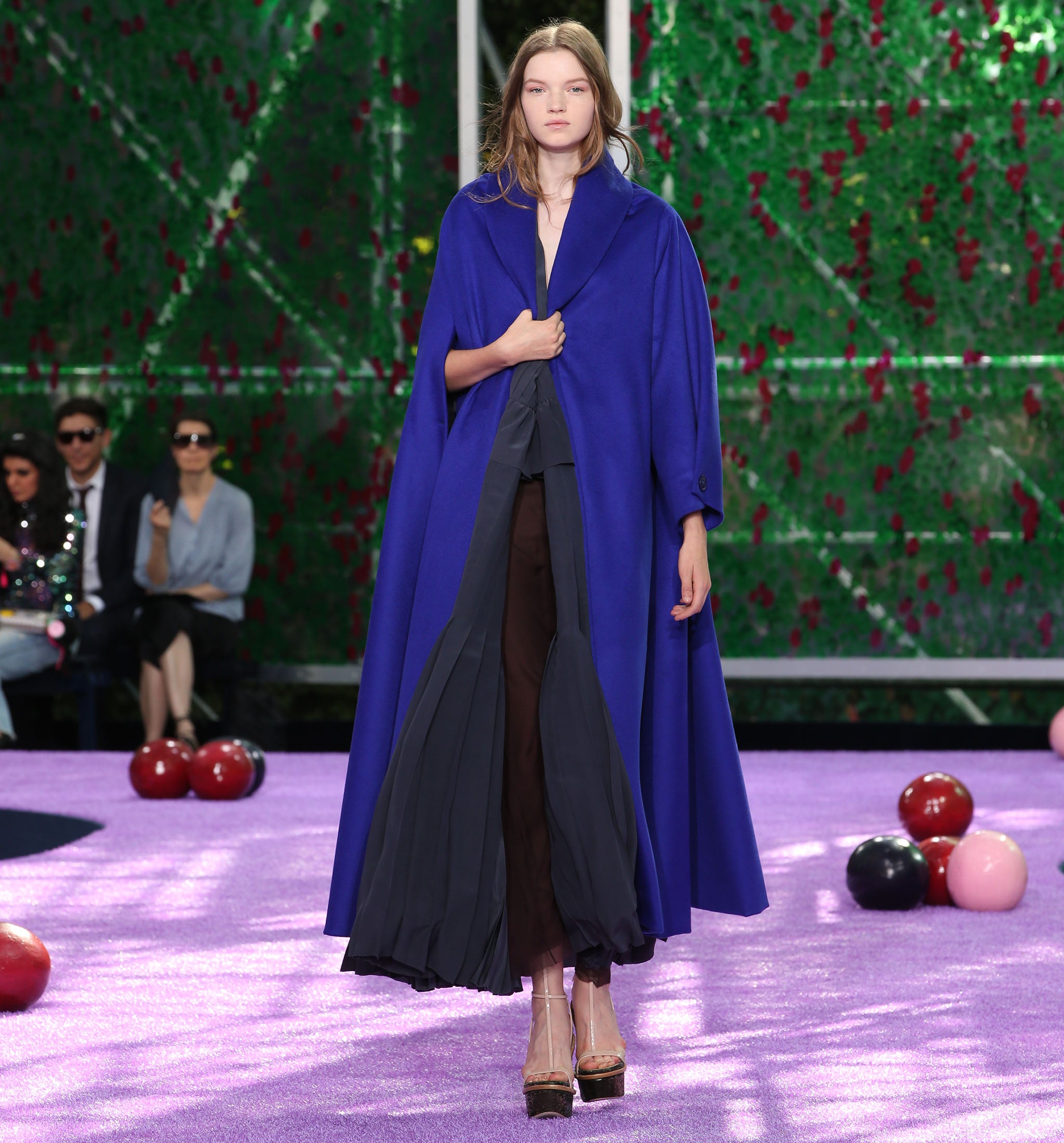
It wasn’t always this way. Couture used to be the catalyst for fashion change. Elsa Schiaparelli once called the couture a laboratory of ideas: it was the place she and her haute cohorts experimented to push technique, inspiration and, eventually, the system as a whole, forward. And what was exhilarating, at moments, during the autumn/winter 2015 couture shows was that you got the same feeling of forward thinking, of designers realising the necessity to move couture.
The most obvious example? Valentino showed in Rome. (No pun on “move”.) The collection shown by Maria Grazia Chiuri and Pierpaolo Piccioli wasn’t so original. It reiterated their favoured silhouettes and decorative motifs, with a Roman accent (lotsa toga drapes, lotsa gladiator sandals). Still, it felt like a challenge to the Parisian couture, destabilising it a little – giving it a stir if not a shake.
Anyway. This year, there really were some exciting moments during the couture – and they came from Paris, where designers were finding the new among the old. Raf Simons, for instance, always does that at Dior, though sometimes it’s subtler than you realise.
Last winter, in a forage for the fresh in history’s dressing-up box, he reinvented 18th-century silhouettes and fabrics; this time around, he started with Flemish Old Masters, then roamed wide through half a millennium of art and fashion.
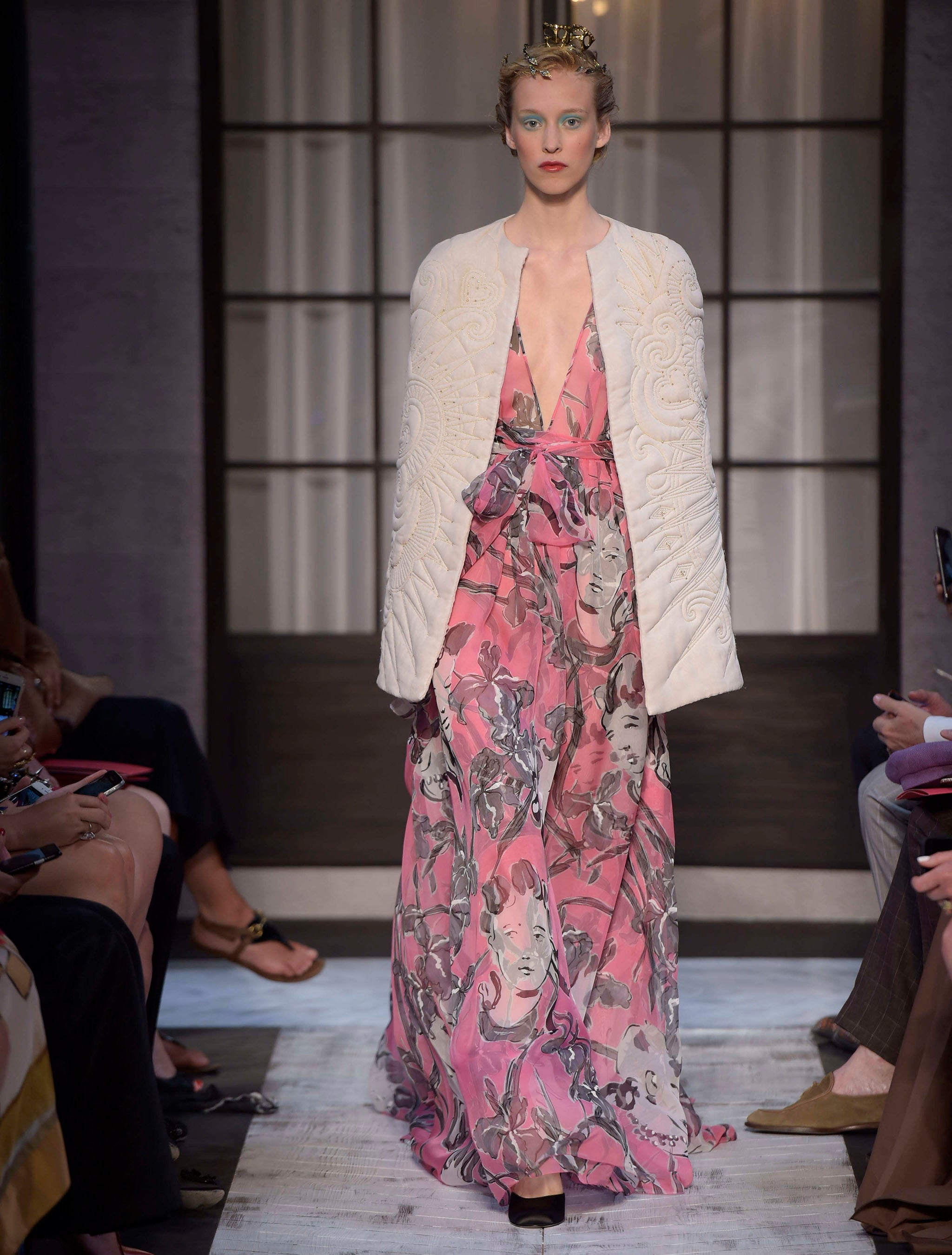
The more you looked, the more modern it seemed: those sweeping coats, one sleeve in fur, one hand clasping them close; those flutters of silk lining billowing, sometimes reversed. Simons got both the tailleur (tailor) and flou (dressmaker) ateliers, traditionally divided, to work together on realising those coats. They gave a contemporary sense of ease to the wearer, and unease to the viewer. They were arresting. And, oddly, they ended up among the most futuristic-looking things we saw all week.
That’s because futurism – or newness – isn’t just about techy fabrics or techno-shine. It isn’t about running glistening lurex threads through everything with such alacrity that your collection winds up resembling a scrunched-up wad of Quality Street wrappers. Giorgio Armani sometimes gets waylaid by that tactic in his Privé couture collection, this season being a prime example. It certainly looked shiny, but not especially new. By contrast, there’s a sense of newness to what John Galliano is doing at Maison Margiela. It’s new because… well, because we haven’t seen Galliano for a while. This was his first haute couture show in Paris since January 2011 – and compare that show to his latest and you’ll see where the new comes from. Galliano is in the process of melding his identity with that of Margiela and, while the results are uneven, they nevertheless feel innovative.
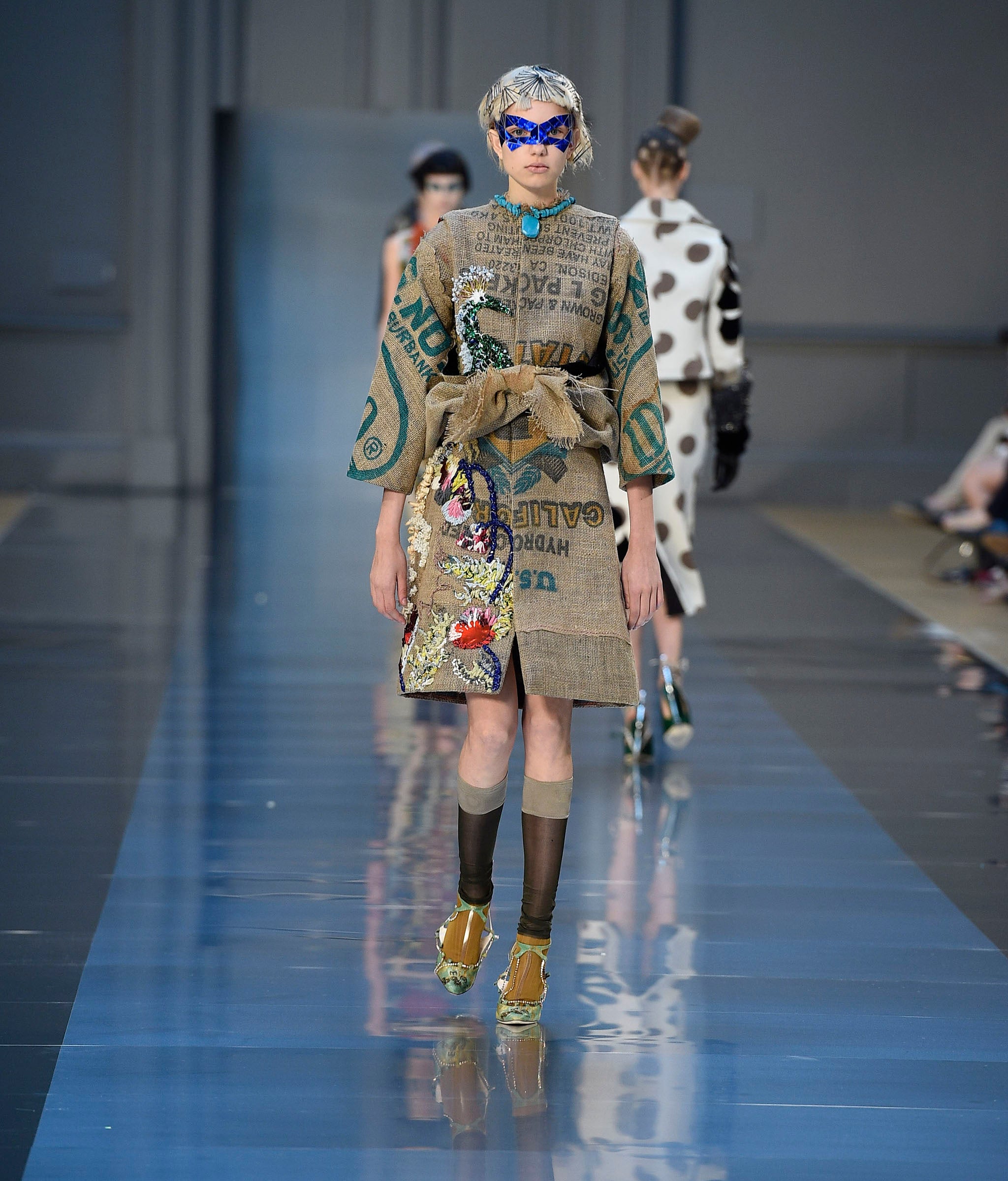
His clothes aren’t like anything else in Paris, but a disparate selection of one-off garments that express, purely, the joy of making. That’s something you always feel in Galliano’s best work, but now it’s manifesting itself in a new way. There are links to Galliano’s early Eighties work: turning garments upside down and inside out with a childlike sense of discovery But, with an extra 30 years of experience, this is more like rediscovery.
Rediscovery to create the new – Karl Lagerfeld practically invented that notion, during his time at Chanel. This season, however, the focus was on the fresh and forward-thinking like never before. Ever heard of selective laser sintering? Me neither. But Lagerfeld dubbed this collection “Chanel 3-D” and used that technique – of laser binding, to create a three-dimensional structure – to reinvent the quilted Chanel tweed suit. They had a spongy, plasticised rigidity when you pinched them in the showroom afterwards. They didn’t feel like anything else I’ve ever encountered before.
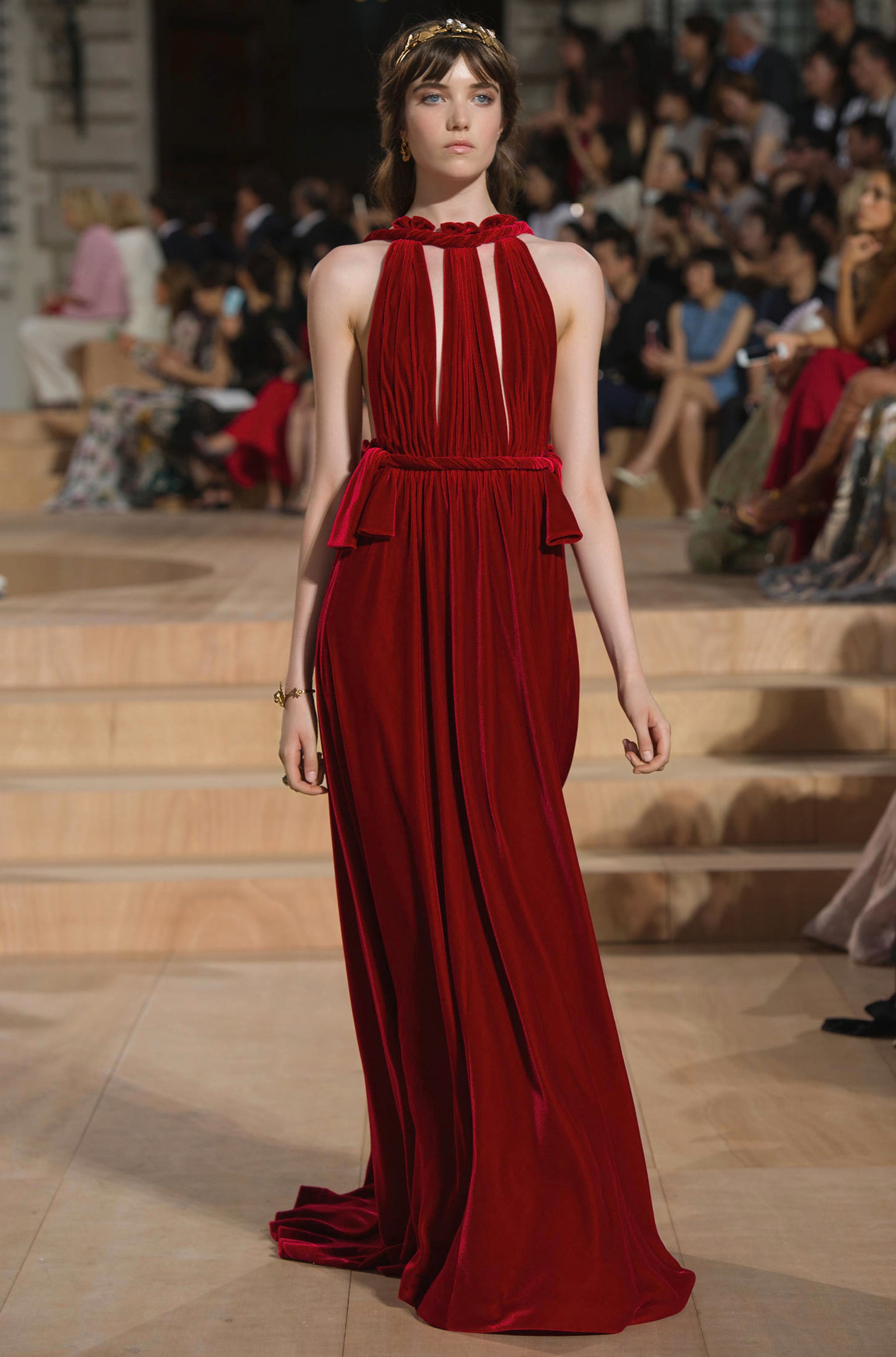
But they looked like Chanel suits. And that’s the important thing. Lagerfeld tasked his couture ateliers – the embroidery houses of Lesage, the button-makers Desrues and all the other artisans that have worked with haute couture for centuries – to make this stuff work. And although I loved the rest of the collection – because it was great – I kept coming back to these suits and their perfect melding of old and new into something that just looked amazing. It’s still a mix few designers appear able to nail at the haute couture, borne back ceaselessly, as it seems to be, into its own storied past.
Maybe that’s why this season felt refreshing – because some designers looked outside the narrow confines of their own heritage, and tried to create things that will be looked on with reverence in 20 years’ time. All that is present will become past. Just make sure it doesn’t look past it before then.
Join our commenting forum
Join thought-provoking conversations, follow other Independent readers and see their replies
Comments
Bookmark popover
Removed from bookmarks